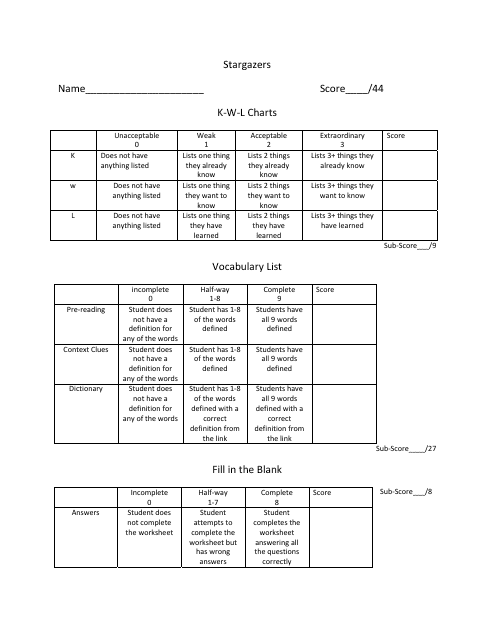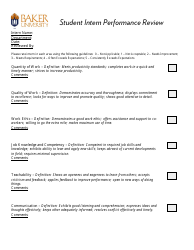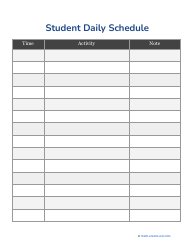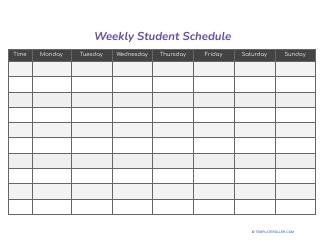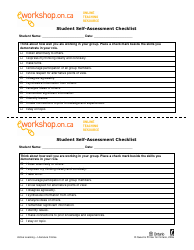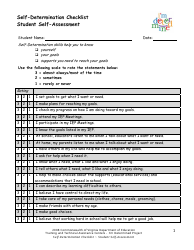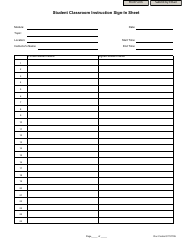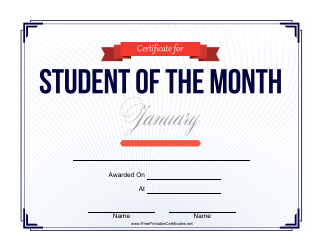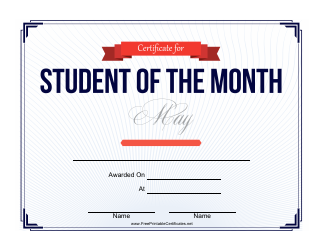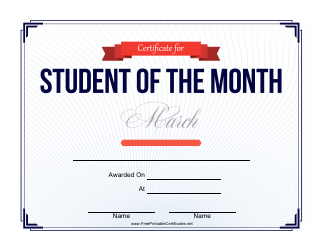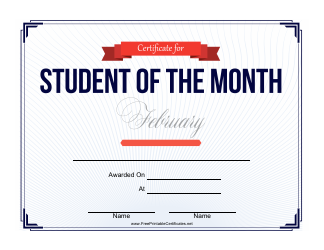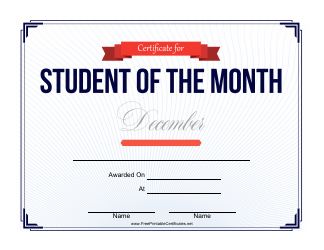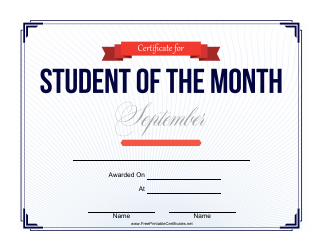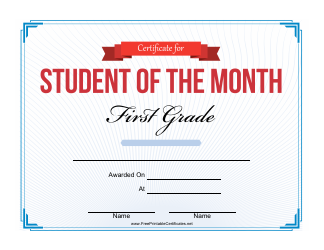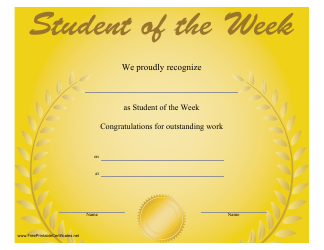Student K-w-l Charts
Student K-W-L charts are used in education to help students activate prior knowledge, set goals for learning, and reflect on what they have learned. It helps students organize their thoughts and understand what they already know about a topic (K), what they want to know (W), and what they have learned (L) at the end of a lesson or unit.
The student files the K-W-L charts.
FAQ
Q: What is a KWL chart?
A: A KWL chart is a graphic organizer that helps students organize their prior knowledge, what they want to know, and what they have learned about a topic.
Q: How is a KWL chart used?
A: A KWL chart is used to help students activate their prior knowledge, set goals for what they want to learn, and reflect on what they have learned.
Q: What does KWL stand for?
A: KWL stands for Know, Want to Know, and Learned.
Q: What is the purpose of a KWL chart?
A: The purpose of a KWL chart is to engage students in the learning process, promote inquiry and critical thinking, and help them track their learning.
Q: How can a KWL chart be created?
A: A KWL chart can be created by dividing a piece of paper into three columns: Know, Want to Know, and Learned. Students fill in the appropriate information in each column as they progress through their learning.
Q: What are the benefits of using KWL charts?
A: Using KWL charts helps students build connections between their prior knowledge and new information, set goals for their learning, and reflect on their learning progress.
Q: Are KWL charts only used in schools?
A: No, KWL charts can be used in various learning environments, including schools, libraries, and homes.
Q: Can KWL charts be used for any subject or topic?
A: Yes, KWL charts can be used for any subject or topic, as they are a flexible tool for organizing and tracking learning.
